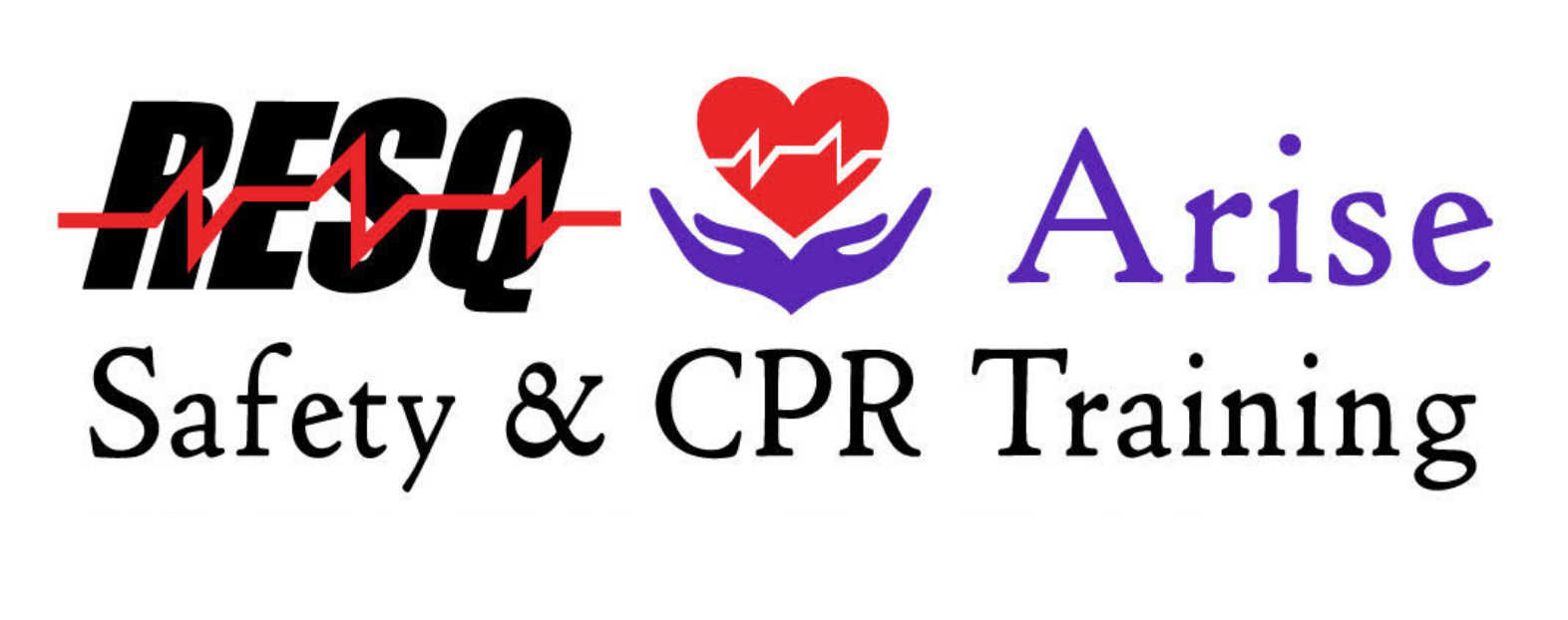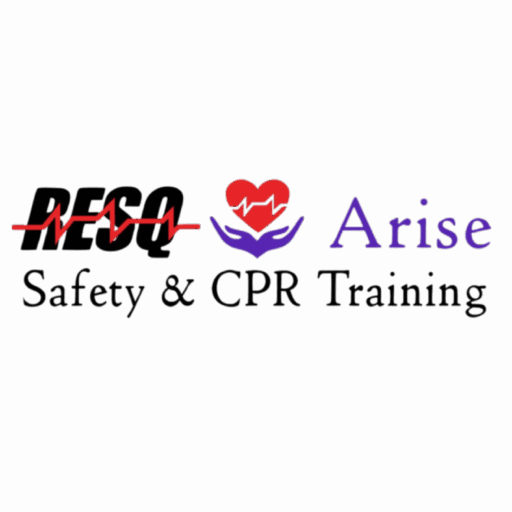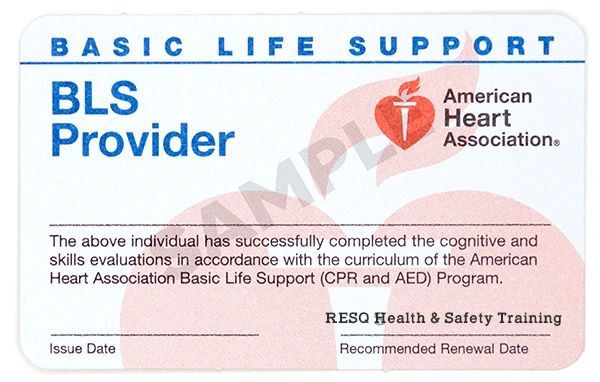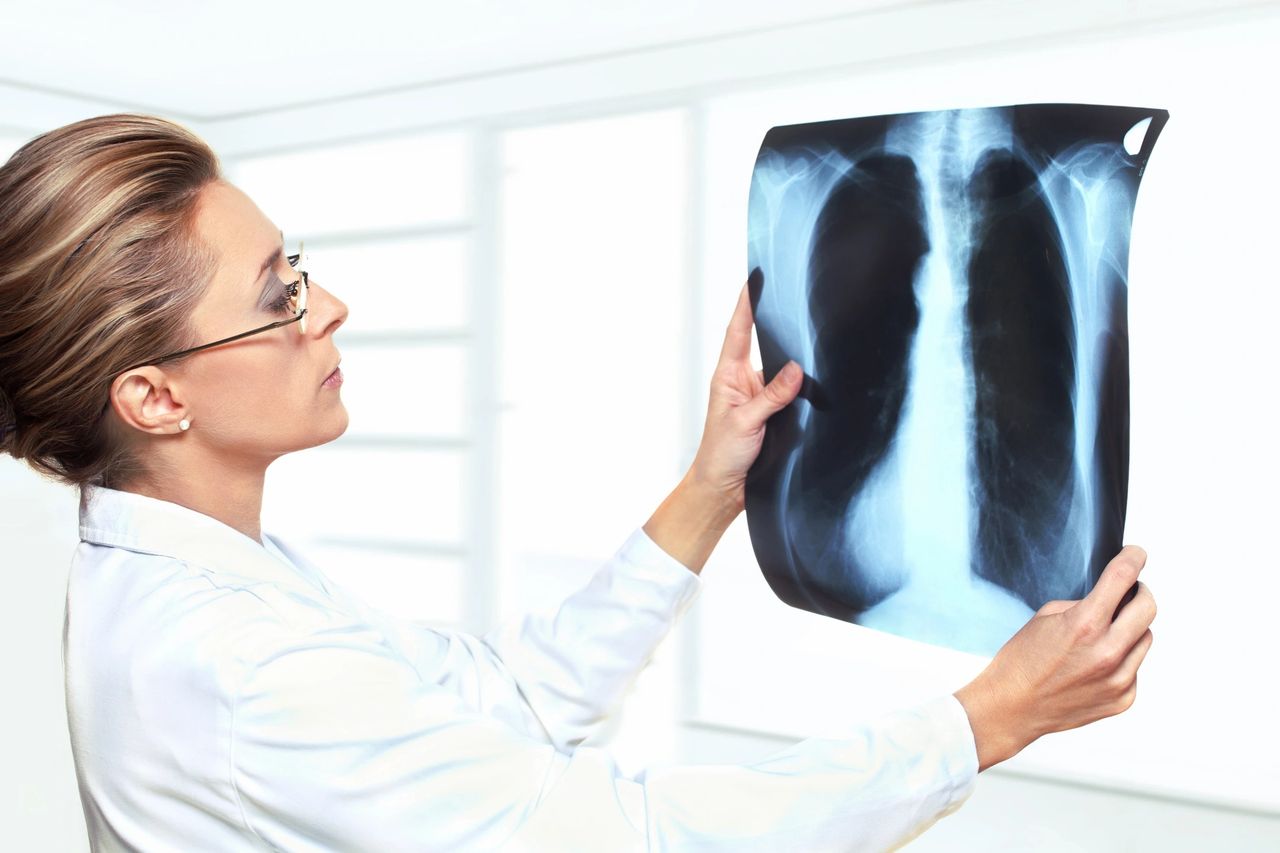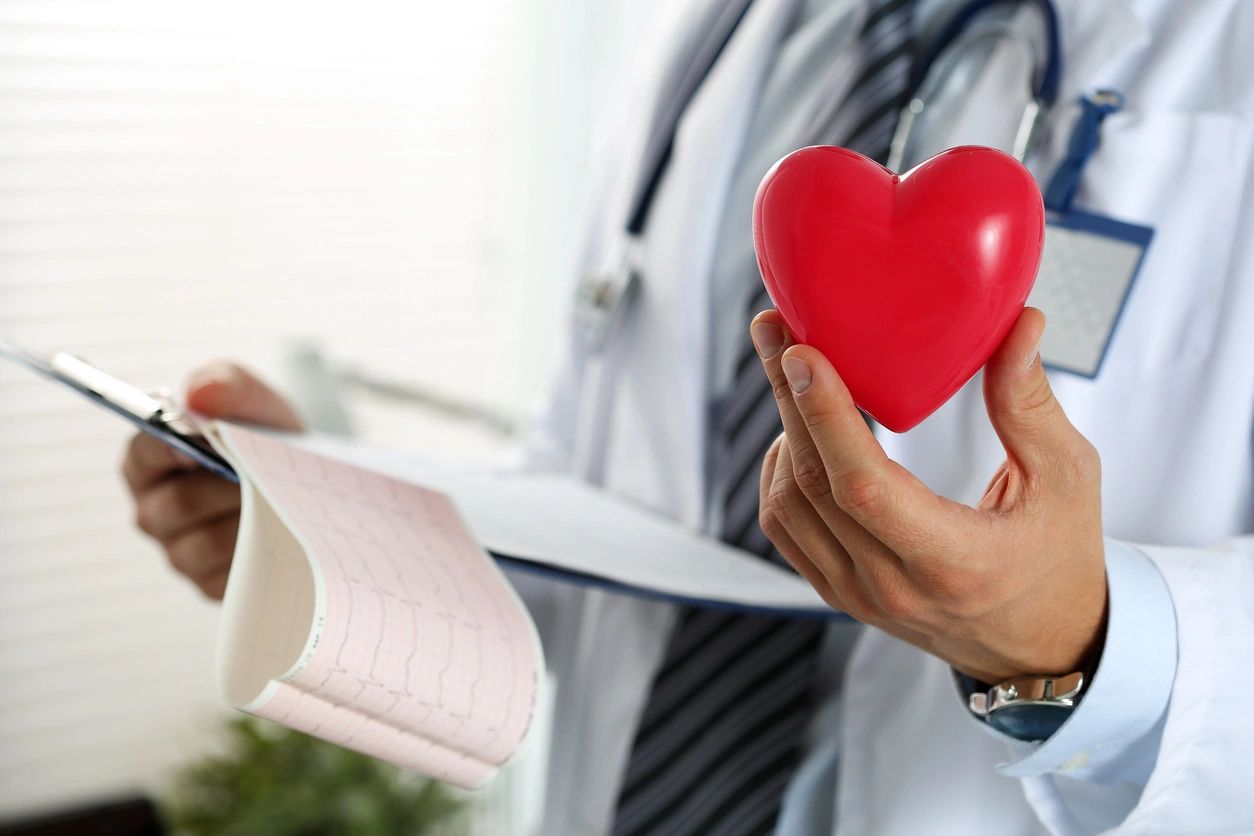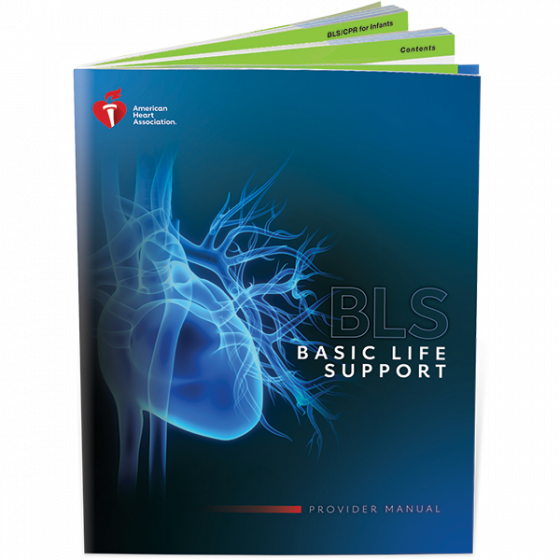BLS stands for Basic Life Support. In the United States, this type of certification is for those in the medical field. If you’re a healthcare provider or someone in a rescue profession, the CPR certification you most likely need is BLS.
Those who probably don’t need BLS certification—but who do need a form of CPR training—include teachers, coaches, personal trainers, childcare providers, and safety officers in various workplaces. In other words, people who may find themselves in a position where they’re responsible in case of an emergency, but whose job doesn’t normally include providing emergency care.
Here’s a look at some of the jobs you can get with BLS certification in more detail.
Doctors and nurses.
Everyone looking to become a doctor or nurse will need to get BLS certification. This isn’t always the highest level of emergency life support certification you’ll need; some medical professionals, especially those working in critical care and emergency medicine, also get the Advanced Cardiac Life Support (ACLS) certification. BLS, however, is the certification for medical providers across the board.
Medical assistants.
BLS-certified medical assistants are common in most hospital and healthcare settings. Medical assistants work alongside doctors and nurses, taking vital signs, administering medication, giving injections to patients, and discussing medical histories. While they aren’t usually the first line of response for emergency care, they’re likely to be on hand when that care is needed, and need to know how to provide basic life support in case of an emergency.
Dentists.
Dentists are required to complete a certain number of continuing education hours to renew their license every few years—the exact number of hours and years varies by state. BLS certification is required, and if the course is approved by the Dental Board in the state where you work, getting recertified may count as continuing education.
Paramedics and EMTs.
Medical professionals who are first on the scene of an accident will regularly be called upon to use their basic life support skills. BLS certification is usually the initial level of training for EMTs, with paramedics and advanced paramedics holding training in more advanced forms of life support and emergency care.
Firefighters.
Anyone in the “professional rescuer” field will need a BLS certification, as their job requires delivering lifesaving emergency care. That includes both professional and volunteer firefighters, who are usually required to hold an EMT qualification. Some fire departments require their professional firefighters to be certified paramedics.
Police officers.
Police officers aren’t medical providers, but they are often the first on the scene in volatile situations as well as accidents. Every second counts when it comes to lifesaving care, so police officers need to be able to provide it immediately as the first to arrive in an emergency.
The specific requirements vary by state, but police officers may be required to hold a CPR and First Aid certification or a BLS certification. If you’re not sure, the BLS certification is more advanced than general CPR, and would be accepted in all states.
If you’re in the medical field or in a rescue profession, the certification you’re likely to need is BLS. Every profession is different, of course, and requirements may be affected by state law, industry standards, or individual employers. If you’re in doubt, a BLS certification for healthcare providers should be accepted anywhere CPR knowledge is required.
